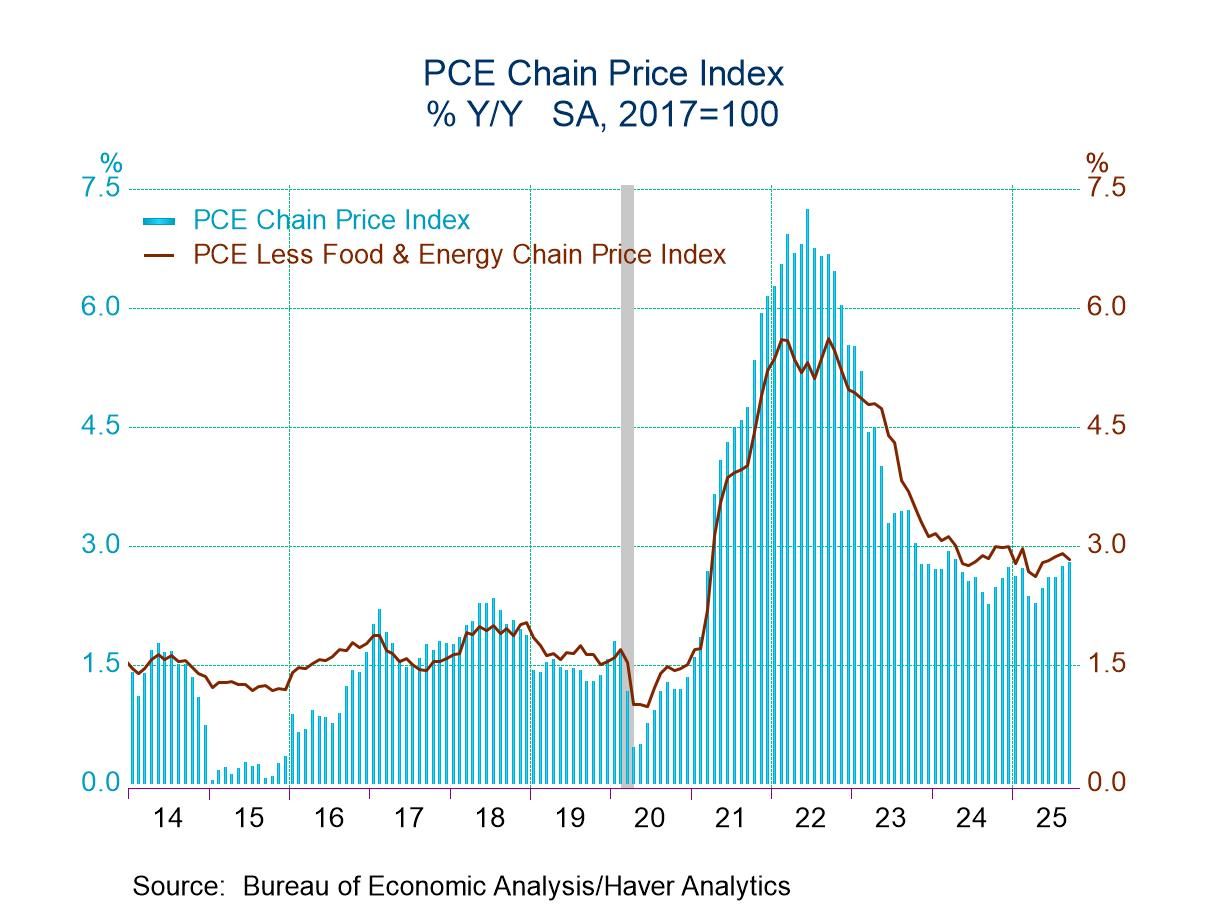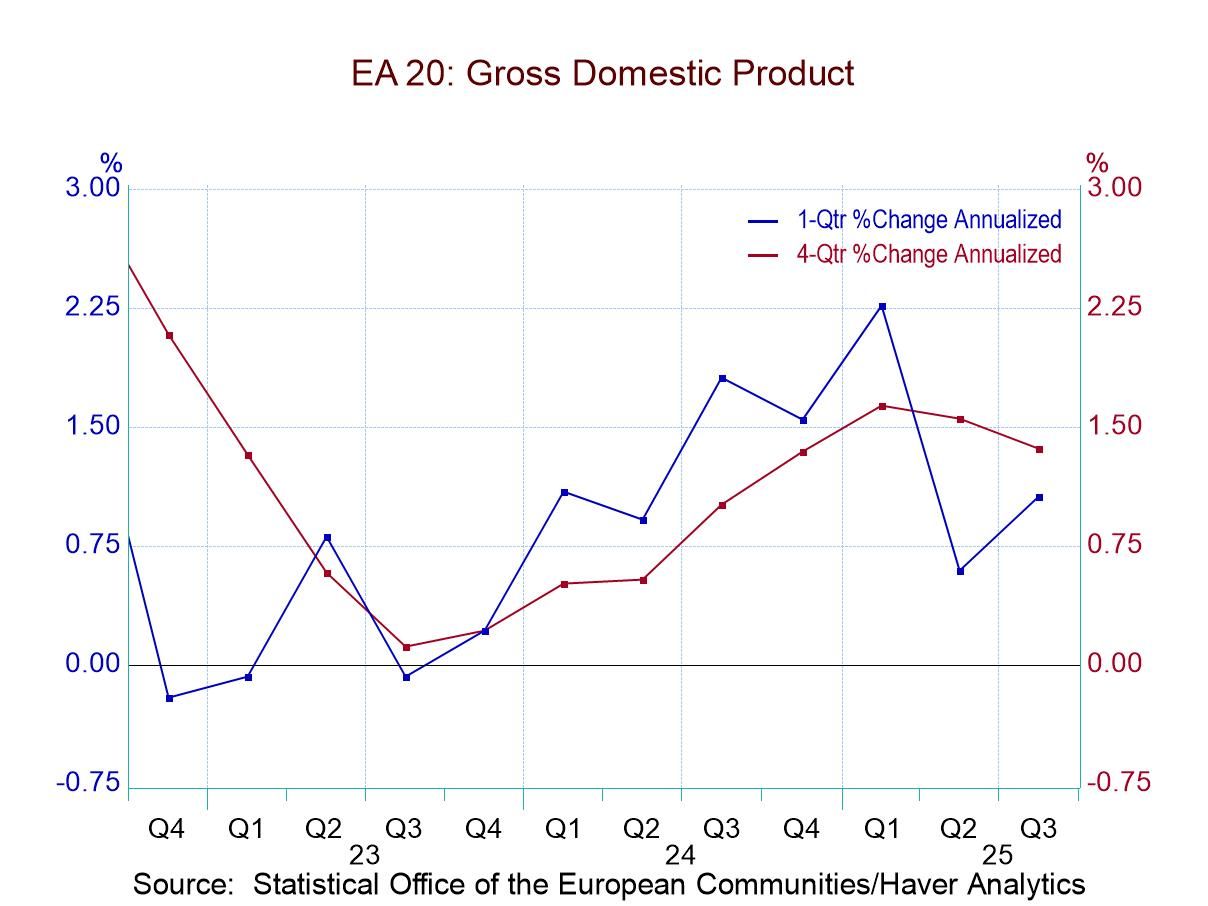 Global| Feb 27 2020
Global| Feb 27 2020U.S. Pending Home Sales Rebound Amidst Lower Interest Rates
Summary
• Pending home sales jumped 5.2% in January after falling 4.3% in December. • Prospective sales rose in all regions except the West. The National Association of Realtors (NAR) reported that pending home sales gained 5.2% in January [...]
• Pending home sales jumped 5.2% in January after falling 4.3% in December.
• Prospective sales rose in all regions except the West.
The National Association of Realtors (NAR) reported that pending home sales gained 5.2% in January (5.7% year-on-year), more than reversing December’s 4.3% drop. Mortgage rates fell with the effective rate on a 15-year fixed-rate mortgage declining to 3.33% in January, the lowest level since late 2016. Rates have fallen further since then, with the latest weekly reading of 3.23% The declining trend in interest rates has had a positive impact on housing activity. Pending sales are up 9.6% since the four-and-a-half year low reached at the end of 2018, when mortgage rates hit 4.71%.
The number of signed contracts in December increased in every region of the country except the West, where they declined 1.1% (+5.5% y/y). Pending sales jumped 8.7% and 7.3% in the South and Midwest (7.1% and 6.5% y/y respectively). Activity was up 1.3% in the Northeast (1.2% y/y).
The pending home sales index measures sales at the time the contract for an existing home is signed, analogous to the Census Bureau's new home sales data. In contrast, the National Association of Realtors' existing home sales data are recorded when the sale is closed. In developing the pending home sales index, the NAR found that the level of monthly sales contract activity anticipates the level of closed existing home sales in the following two months. The series dates back to 2001, and the data are available in Haver's PREALTOR database. Mortgage interest rates from the Mortgage Bankers Association can be found in the SURVEYW database.
| Pending Home Sales (SA, % chg) | Jan | Dec | Nov | Jan Y/Y % | 2019 | 2018 | 2017 |
|---|---|---|---|---|---|---|---|
| Total | 5.2 | -4.3 | 0.7 | 5.7 | 1.1 | -4.1 | -0.8 |
| Northeast | 1.3 | -2.7 | -0.6 | 1.2 | 0.8 | -5.0 | 0.6 |
| Midwest | 7.3 | -3.4 | 1.6 | 6.5 | -0.3 | -4.6 | -2.5 |
| South | 8.7 | -3.8 | -1.0 | 7.1 | 1.8 | -1.9 | 0.6 |
| West | -1.1 | -7.1 | 4.2 | 5.5 | 1.3 | -7.3 | -2.5 |
Gerald D. Cohen
AuthorMore in Author Profile »Gerald Cohen provides strategic vision and leadership of the translational economic research and policy initiatives at the Kenan Institute of Private Enterprise.
He has worked in both the public and private sectors focusing on the intersection between financial markets and economic fundamentals. He was a Senior Economist at Haver Analytics from January 2019 to February 2021. During the Obama Administration Gerald was Deputy Assistant Secretary for Macroeconomic Analysis at the U.S. Department of Treasury where he helped formulate and evaluate the impact of policy proposals on the U.S. economy. Prior to Treasury, he co-managed a global macro fund at Ziff Brothers Investments.
Gerald holds a bachelor’s of science from the Massachusetts Institute of Technology and a Ph.D. in Economics from Harvard University and is a contributing author to 30-Second Money as well as a co-author of Political Cycles and the Macroeconomy.







